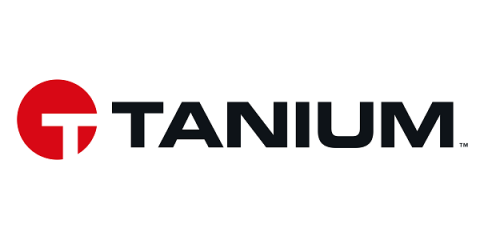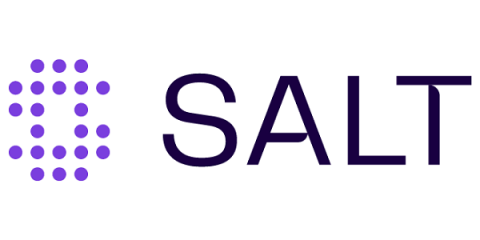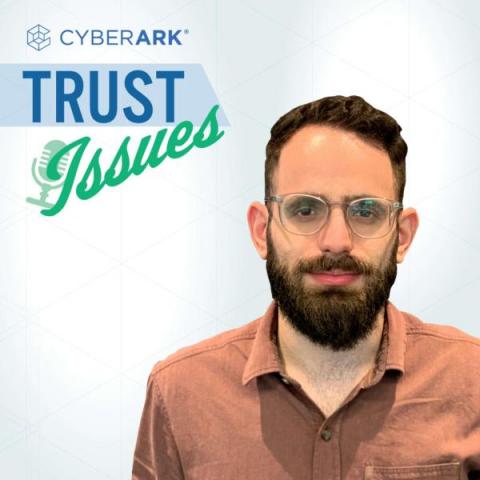Security | Threat Detection | Cyberattacks | DevSecOps | Compliance
Security
CTI Roundup: Threat Actors Use Sliver C2 Framework
Sliver’s growing popularity as an open-source C2 framework, Emotet’s comeback and new evasion techniques, and how Chinese hackers exploited a Fortinet flaw using a 0-Day.
Mitigating digital asset and crypto counterparty risk
If a counterparty holds custody of your crypto or digital assets, there is no replacement for due diligence in terms of risk management, security controls, and operational processes. This is why it’s critical to design crypto operations workflows that mitigate exposure to your counterparties and minimize business continuity risks. For a quick introduction to counterparty risk and how to identify your counterparties take a look here.
How to scale your digital asset or crypto operations
Day-to-day crypto and digital asset operations is one of the most important and business-critical functions for any company working with digital assets – whether you’re a fintech, web3 company, bank or OTC desk. A well-executed crypto operation is one where you have 24/7 access to funds, and can be sure assets are secure at all times, whether they’re in storage or in motion.
The Critical API Security Gaps in WAAPs
Confused about the difference between a web application firewall (WAF) and a web application and API protection platform (WAAP)? Curious how intelligent a next-gen “intelligent WAF” really is? Wondering whether you need dedicated API security if you have a WAAP? Can you really trust a WAAP to secure your critical data and services? In a session from the Salt Security API Security Summit, Mike Rothman, Techstrong Research, stated.
Artificial Intelligence, ChatGPT and Cybersecurity
EP 20 - Hacking ChatGPT
Even if you’ve been living under a super-sized rock for the last few months, you’ve probably heard of ChatGPT. It’s an AI-powered chatbot and it’s impressive. It’s performing better on exams than MBA students. It can debug code and write software. It can write social media posts and emails. Users around the globe are clearly finding it compelling. And the repercussions – good and bad – have the potential to be monumental.











